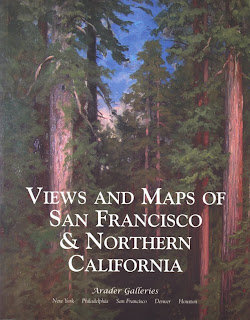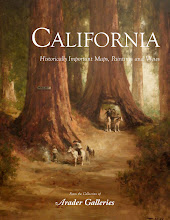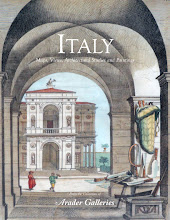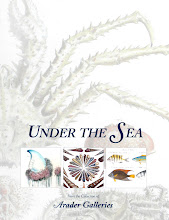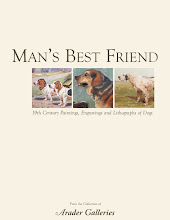
George Elbert Burr, American (1859-1939)
“View from Reservoir Hill, Santa Barbara, California”
Watercolor on paper
c. 1906-1924
Signed lower left
18" x 21 ½" framed
George Elbert Burr, born in Ohio and raised in Missouri, had an interest in art from an early age. As a child, he experimented with etching techniques, using zinc scraps from the kitchen stove, and printing the plates on a press located in the tin shop of his father’s hardware store. In 1878 Burr attended the Art Institute of Chicago for a few months his only formal art training. Burr returned to Missouri to run the family hardware store and marry Elizabeth Rogers, who supported his love of art. He traveled the countryside on sketching trips, and was an art instructor for a local drawing class.
In 1888, Burr began working as an illustrator for the publications Scribner’s, Harper’s and The Observer. His illustrations were also published in Volume II of John Muir’s Picturesque California that year. For the next several years, Burr worked and traveled extensively as an illustrator for periodicals including Leslie’s Illustrated Newspaper and The Cosmopolitan. Another notable project was illustrating the Metropolitan Museum of Art’s catalog of Heber R. Bishop’s jade collection; a four-year project began by Burr in 1892.
After a 5 year tour of Europe, Burr and his wife settled in New Jersey in 1901, and lived off of Burr’s earnings from sales of his watercolors and etchings. During this time his watercolors were displayed in galleries and exhibitions along the east coast, and as far west as Kansas City, Missouri. Due to ill health, Burr spent his winters traveling throughout the deserts of Southern California, Arizona and New Mexico, and in 1906, moved to Denver. His years in Denver were highly productive, and he gained membership to many art organizations, including the New York Society of Etchers and the Society of American Etchers.
Burr’s continued failing health prompted a move to the more moderate climate in Phoenix, Arizona, in 1924. Burr continued to work, serving as the president of the Phoenix Fine Arts Association, and participating the Phoenix’ first major art exhibition.
Burr was a prolific artist during his lifetime, working in a variety of mediums, and creating approximately 50 oil on canvas paintings, over a 1,000 watercolors, 2,000 pen and ink drawings and over 25,000 etchings pulled from his own presses. His works are currently held in the collections of the Boston Museum, Biliotèque National (Paris), Newark Museum (NJ), Library of Congress, Santa Barbara Museum, New York Public Library, Denver Museum and the de Young Museum in San Francisco.
This lovely watercolor can currently be viewed at Arader Galleries. If you have any additional questions about this piece, please call Arader Galleries at 415.788.5115.

